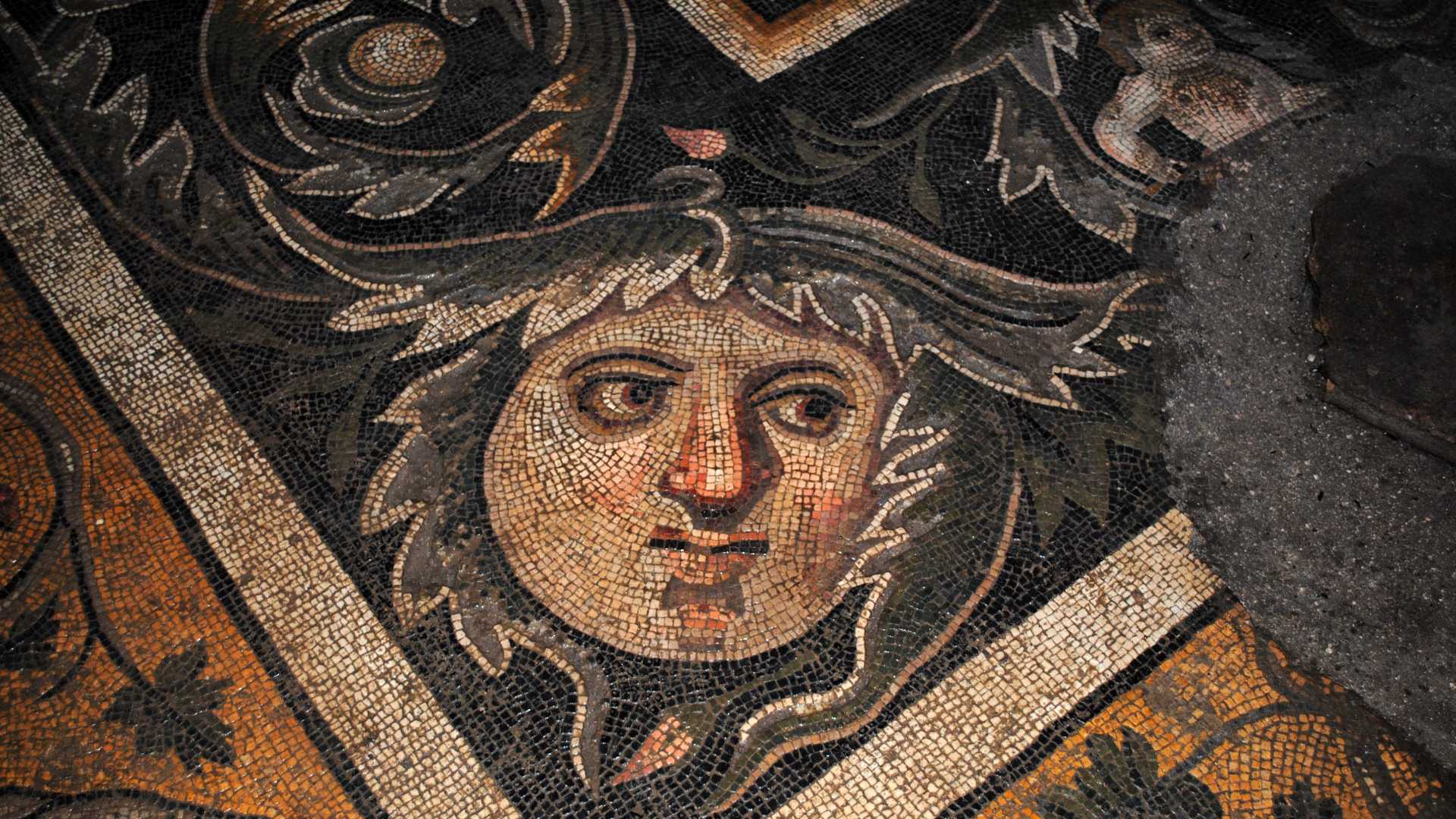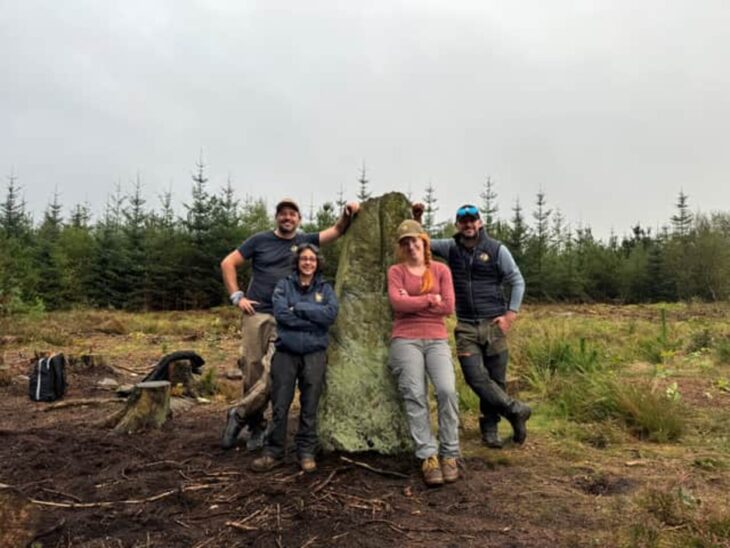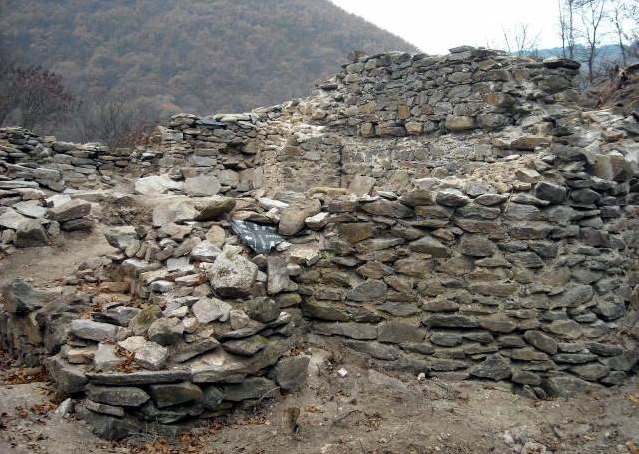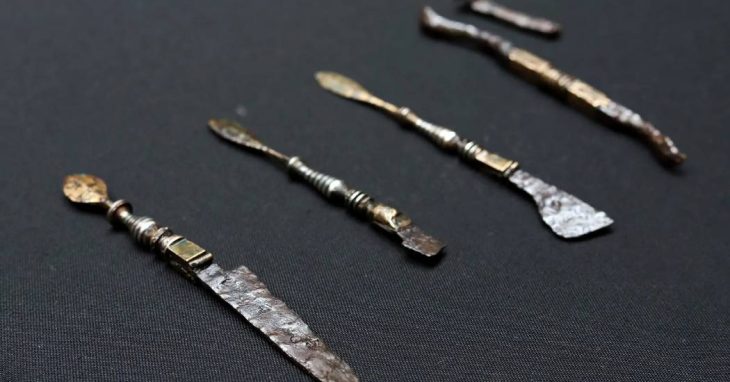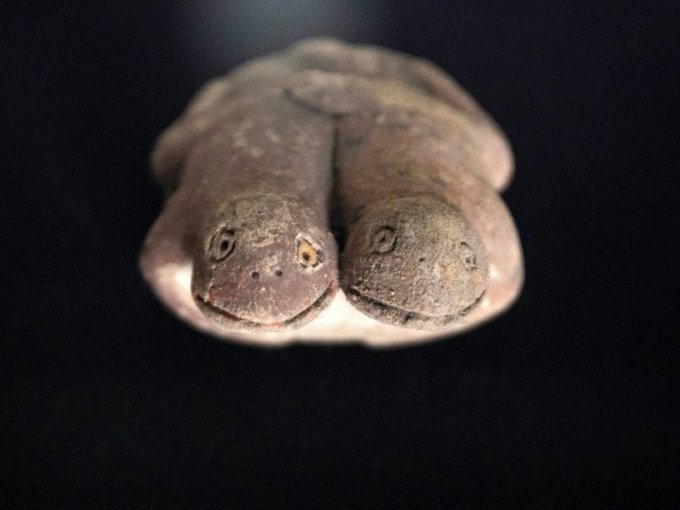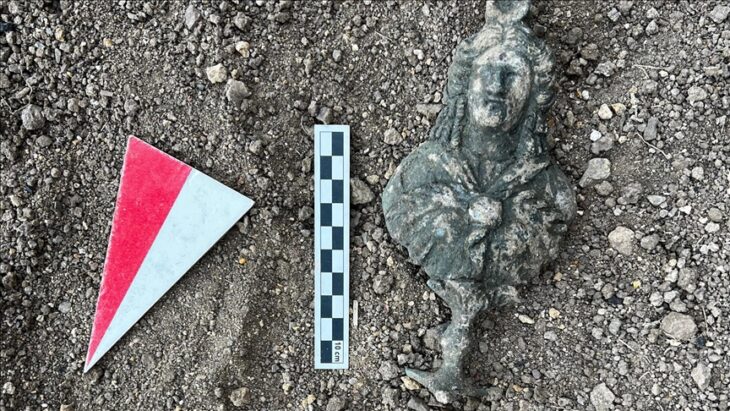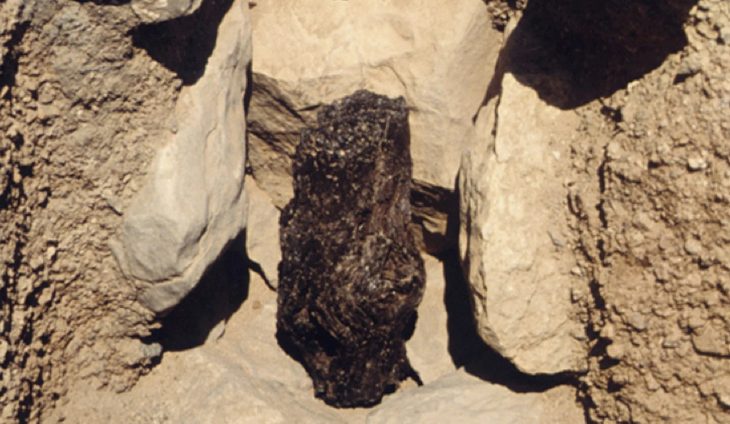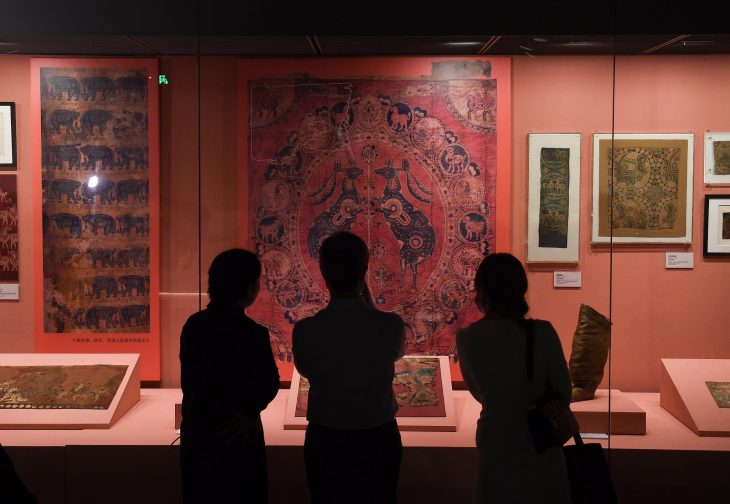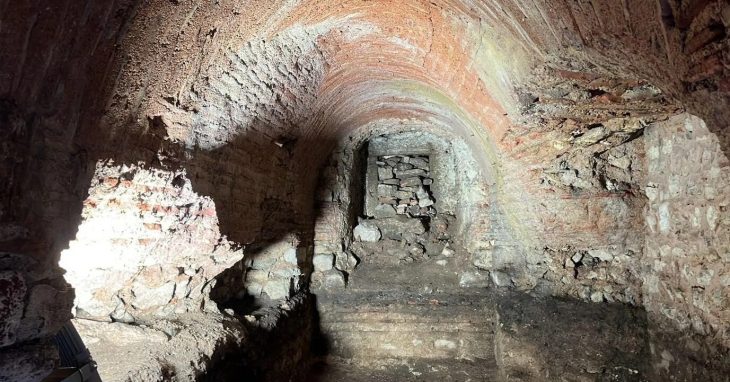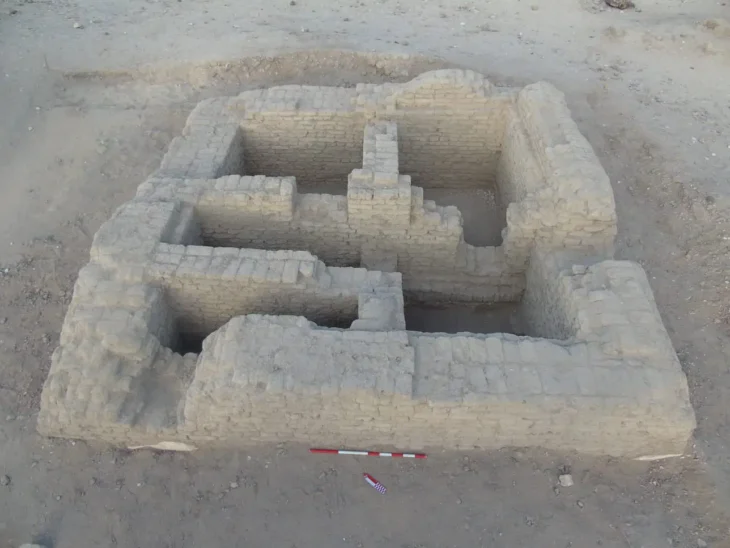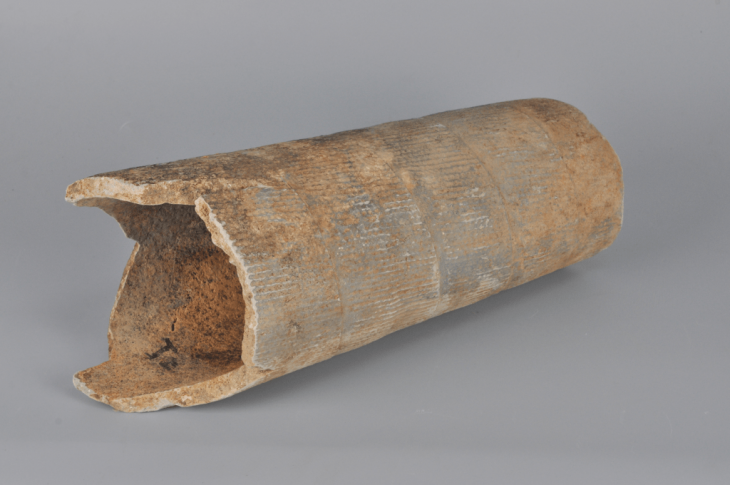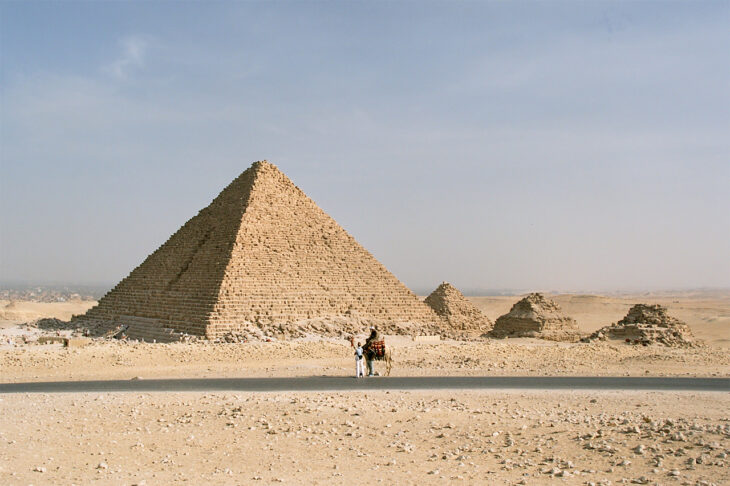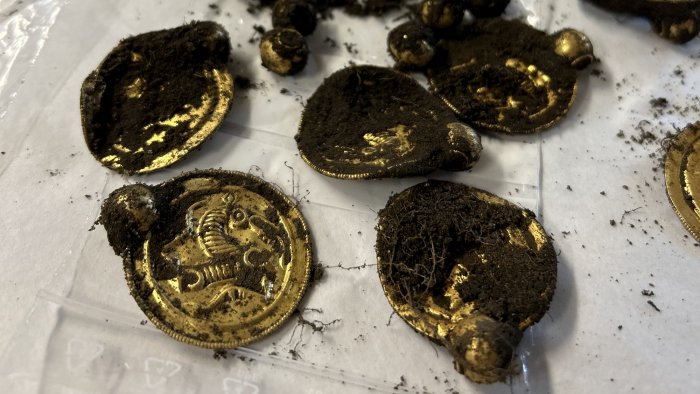The presence of the ancient city of Germanicia, discovered during an illegal excavation in the southeast Turkish province of Kahramanmaraş in 2007, revealed 73 years ago, but the ruins of the old city were destroyed by illegal construction.
While the ruins of Kaisereia Germanikeia, which was called the imperial city in the Roman period, can be seen in Kahramanmaraş with aerial photographs taken about 73 years ago, it has been seen that it has been under the buildings due to unplanned construction in the last 50 years.
Mosaics, which covered the floors throughout the late Roman era, reflected the era’s social life. The mosaics made their way into archaeological literature through the World Mosaic Unions’ multi-language publishing, increasing the region’s prominence.
According to Yunus Emre Kaçamaz, head of the Kahramanmaraş Chamber of Architects, 17 structures survived, and one mound from the old city was plainly visible in an aerial image of the region taken in 1948.

“If we were more careful in 1948, we might have been visiting this place as an open-air museum right now,” he said.
📣 Our WhatsApp channel is now LIVE! Stay up-to-date with the latest news and updates, just click here to follow us on WhatsApp and never miss a thing!!
Kaçamaz recently made some examinations in the ancient city, which was found in the first century, but only its remains from the fourth and sixth centuries have been unearthed so far in the excavations.
Kaçamaz, who also visited the Germanicia Mosaics, which were available to tourists in two distinct locations, came upon 1,500-year-old moss-covered columns in one of the region’s residences. The ancient columns were discovered during the foundation excavation of his uncle’s house, according to owner Ali Akbey, and some of the columns were utilized as stones in the construction of the garden wall.
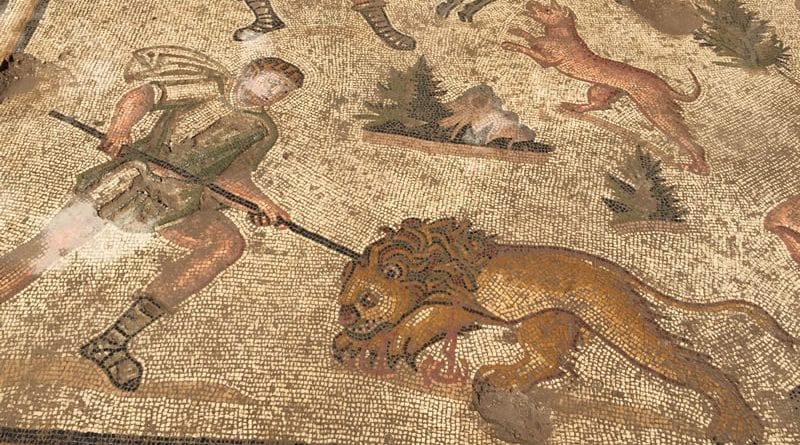
Stating that the ancient city of Germenicia is significant in terms of tourism, Kaçamaz said that the authorities should start a new and different work in the region as soon as possible.
“When we look at the aerial photographs taken in 1948, we can see the ruins of the ancient city of Germanicia in the photographs. If we had acted more carefully in 1948, we might have been visiting this place as an open-air museum with column heads and churches. And now there has been an unbelievably illegal construction. The Culture and Tourism Ministry and the Environment and Urbanization Ministry should support this place, and we should turn the region into an open-air museum as soon as possible with expropriations. There are too many illegal structures here. This needs to be resolved as soon as possible,” Kaçamaz said.
The ancient city was found in 2007 during illicit excavations in the Dulkadiroğlu district. The registration, expropriation, excavation, and preservation operations to unearth the old city that encompasses 140 hectares, including the neighborhoods of Namik Kemal, Şeyhadil, Dulkadirolu, and Bağlarbaş, are currently underway.
In 2014-2015, a pedestrian platform with a temporary protective wall and canopy was erected around the mosaic area. After the mosaics were restored and conserved, the area was made available to the public for free.

